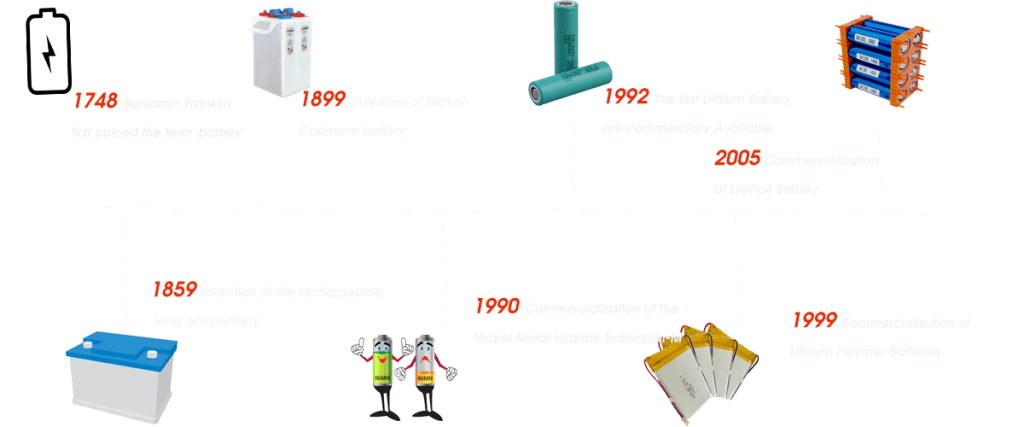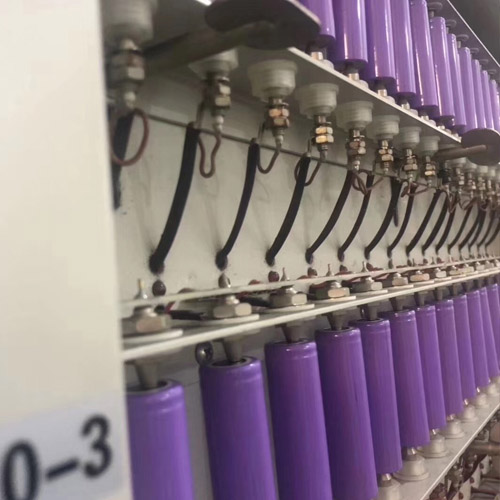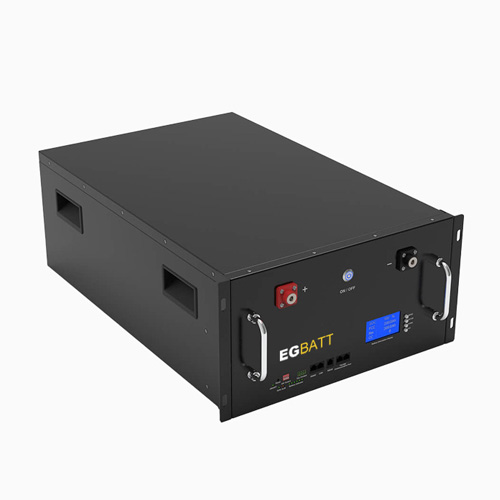How To Tell If A Deep Cycle lithium ion Battery Is Bad
Deep cycle lithium-ion batteries are normally serving for marine, Recreational Vehicle (RV), solar energy power, and similar applications. These battery packs normally made by 18650 cells or some other lithium prismatic cells. They are different from your lead acid car starting batteries. Analyzing cells inside a battery pack takes a sophisticated set of measurements against certain exact parameters. To know the battery state and make sure it working in good conditions. You should know how to determine if it is bad or not. Here are some basic points you can check if the battery bad or still possible to serving.

Find out Factory Datasheet:
Check out what kind of lithium battery it is and try to find manufacturer specs datasheet. And find out what exactly the battery should behave about voltage limits, current, internal resistance etc.
Check if cell characteristic Meet
Use proper tools like multimeter, try to measure voltage, resistance and performance. Compare these values with manufacturer datasheet specifications. Match it? Or it is far away? Simple as that.
- Specifications Meet: If you measuring match more or less what manufacturer saying, it should be ok.
- Not meet the specifications – well, probably it is safer to discard such battery. No worth for risk fire or anything such.
In case if manufacturer data are not available, then try to find out what kind of lithium battery (cell) it is and upon that measure it. There are

many different types:
Most common lithium rechargeable batteries are
- li-ion with nominal voltage 3.6V or 3.7 volt Most of them 18650, 26650 and some prismatic lithium NCM batteries.
- lifepo4 with 3.2V. Same as above. Mostly are large lithium cells
- LTO with 2.4V
The easier way how to find whether lithium battery is bad or not

Try to charge it to full SoC (near 100%) and then measure voltage drop when discharge.
Example: 18650 battery cells with rated capacity 2600mAh have nominal voltage 3.6V, full charge 4.2V and cut-off discharge limit 2.75V. Charge to somewhere around 4.1–4.2V and then start discharge with 1A current. In that moment measure voltage drop. It should not go below 4V at all. If it going much below, like 3.9, 3.8 or lower, the cell is very old and ready to bin.
Check Cell Temp
Also, if such cell (as mentioned above) heating too much when charging/discharging by 1A, it is again not safe to use it anymore and better to discard it.
Voltage Drops rate
Self-discharge speed can tell you, whether cell is good or bad. Charge it fully and place somewhere safely. Read voltage after few hours. note it. After one month (or even two), measure voltage again. Should not be different from first measure more than 10% of total value. If it’s more, cell is poor/bad.

Caution:
This is not for the novice as there can be fire involved if you do test wrong. As a cursory test leave the battery or cell in the device it was designed for and run the device. If it does not run full speed or at all put the charger that was designed for that device on and wait the appropriate amount of time. All the engineering needed to safely cycle that battery or cell is in the charger and in the device that used that cell or battery. A voltage check is good for a quick screen but voltage alone does not give enough information. Testing under a load can again create fire so don’t just start adding load randomly. Our system does not require the user have anything to do with battery anything. Every part of energy delivery is hands-off automatic so the user does not need to know what charging method or voltage or current to memorize. They just drive with unlimited miles on a monthly subscription. All battery failures or maintenance is hidden completely and super accurate to keep everyone moving. End of life is contained by us so you do not need to replace anything or test for failures. We recycle every metal inside those cells where some on this question mention throwing them away which is unwise in the bigger picture. If the cell is pouched out it is BAD. If the terminal wire is burned in two in a large pack that cell is bad. That burned link is a fuse and was burned in two on purpose. The cell below it is bad. Do not try to solder over the open circuit link.






Leave A Comment
You must be logged in to post a comment.